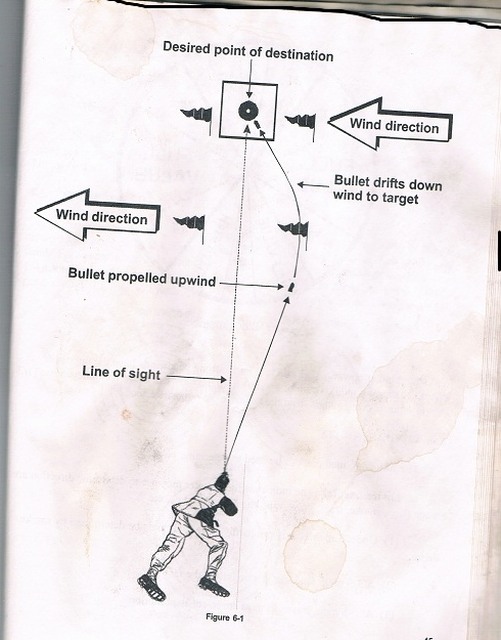4runnerman
New member
oldman- I envy you already. man that must be fun. I stretch out to 1400 yards and that is a blast. I can't imagine 2 miles. Do you take a sip of coffee waiting for the --TING. 
Well my"real" starter is a cheap 50 dollar scope so I can shoot and try to develop a load
Yeah, mirage will be tougher for me, not really sure what I'm looking for and how it affects the bullet

That 50 dollar scope will only be until I get the swfa. Recently I have my eye on a primary arms scope. The only reason for the cheap one is so I can take the gun to the range the day I get the rifle home without too big a hit if I don't already have my scope. After I get the scope, I'll put the red dot on a pistol or give it to my brother in law or somethingThis, could be a bad move (as in, a lot of wasted time and money) unless you know for certain it holds zero perfectly from it being on another rifle.
There's "inexpensive", and there's "cheap"- and fifty bucks, is definitely the latter.
You don't need a scope that tracks well (and for $50, guaranteed it will not)- but it must hold zero and not bounce around or you'll never get any reliable results.
On a scope like that, I'd never even touch the turret once I got near center of paper. It''ll never go back to the same spot, anyway. Just shoot for group size and don't worry about where on the paper they fall.
Best bet is to just get that SWFA...
and my R700 .300 win mag :
As i am a novice shooter, right now 300 is far, so I'm going to work out to distance.
